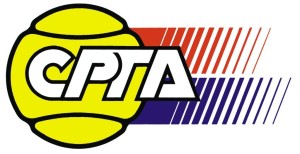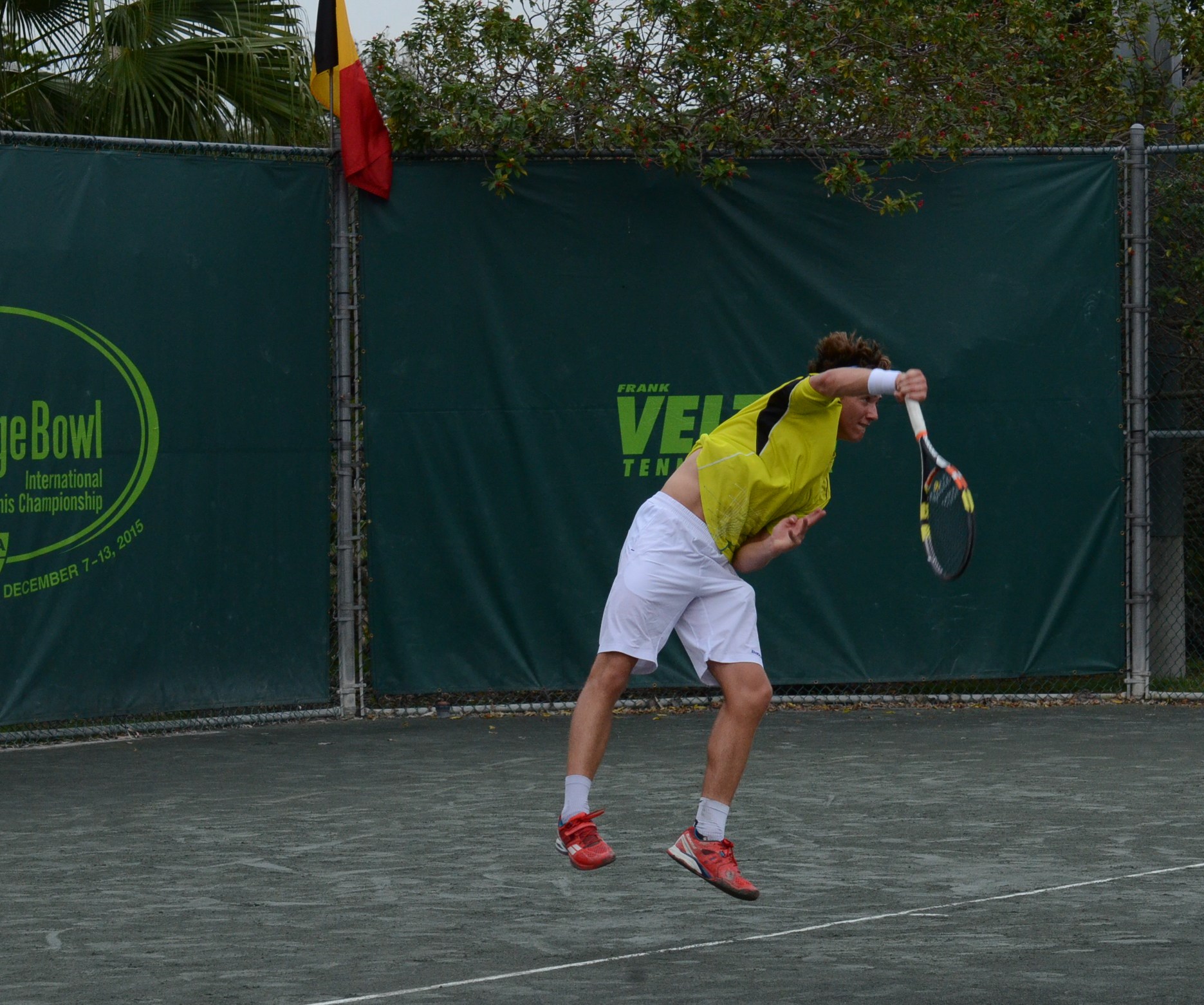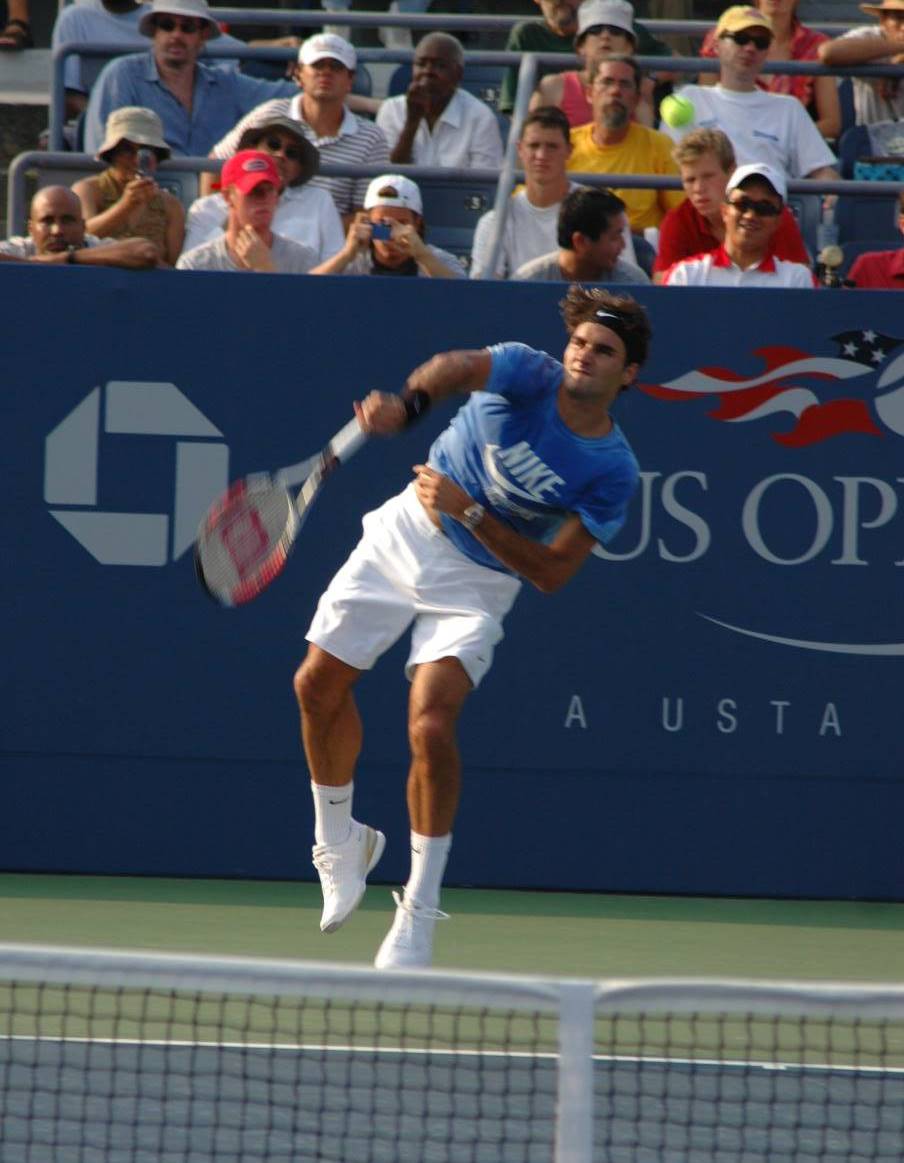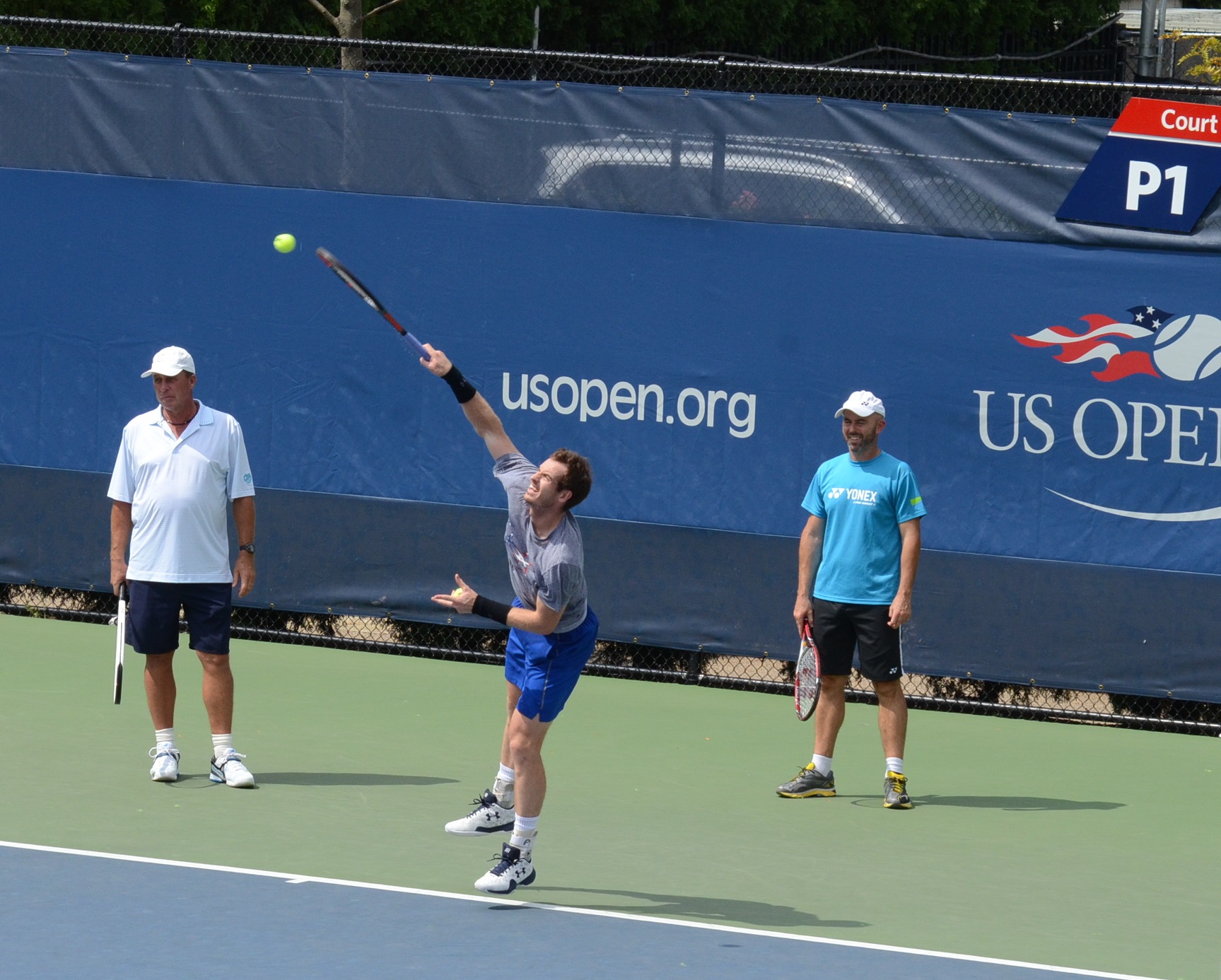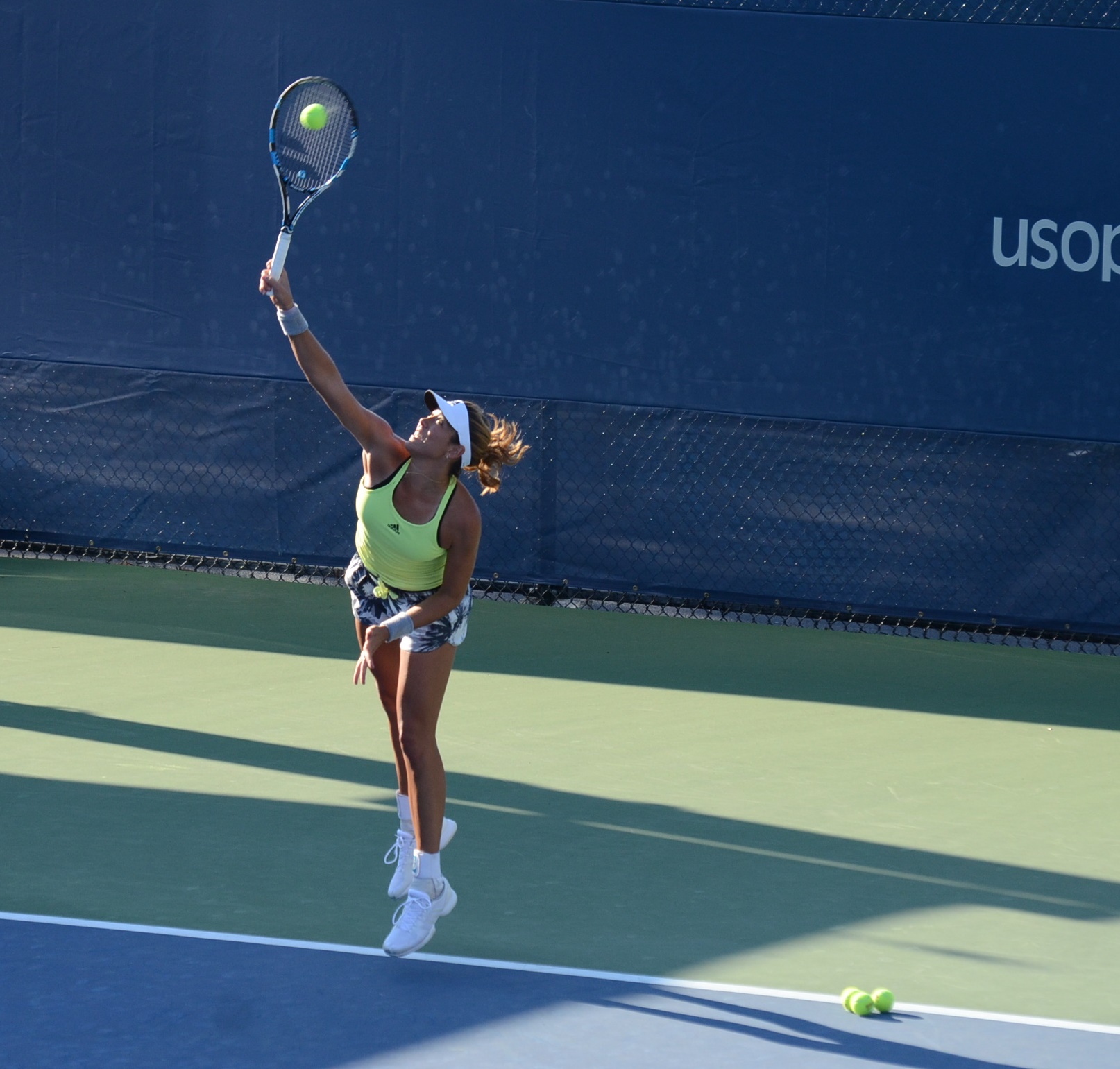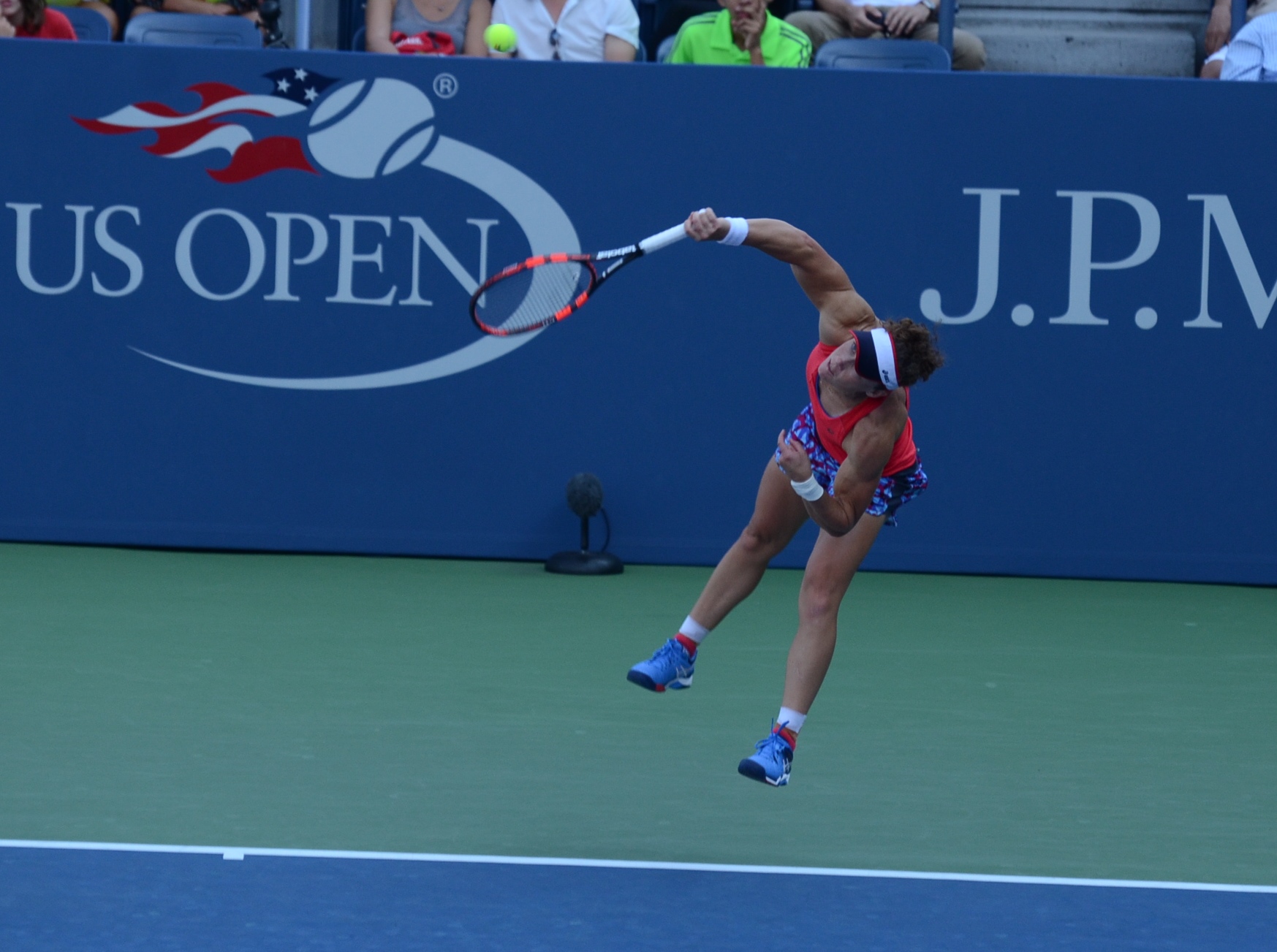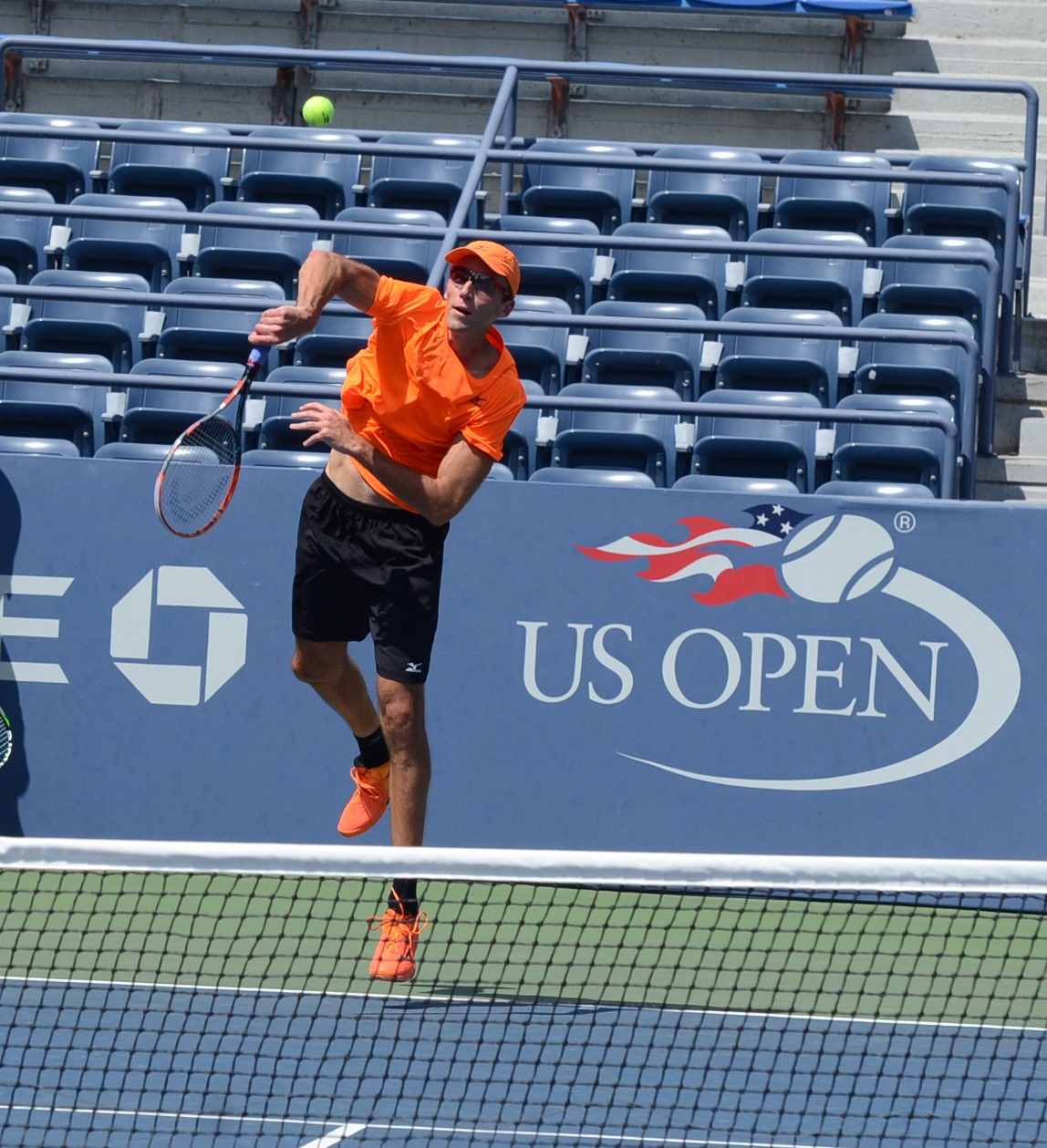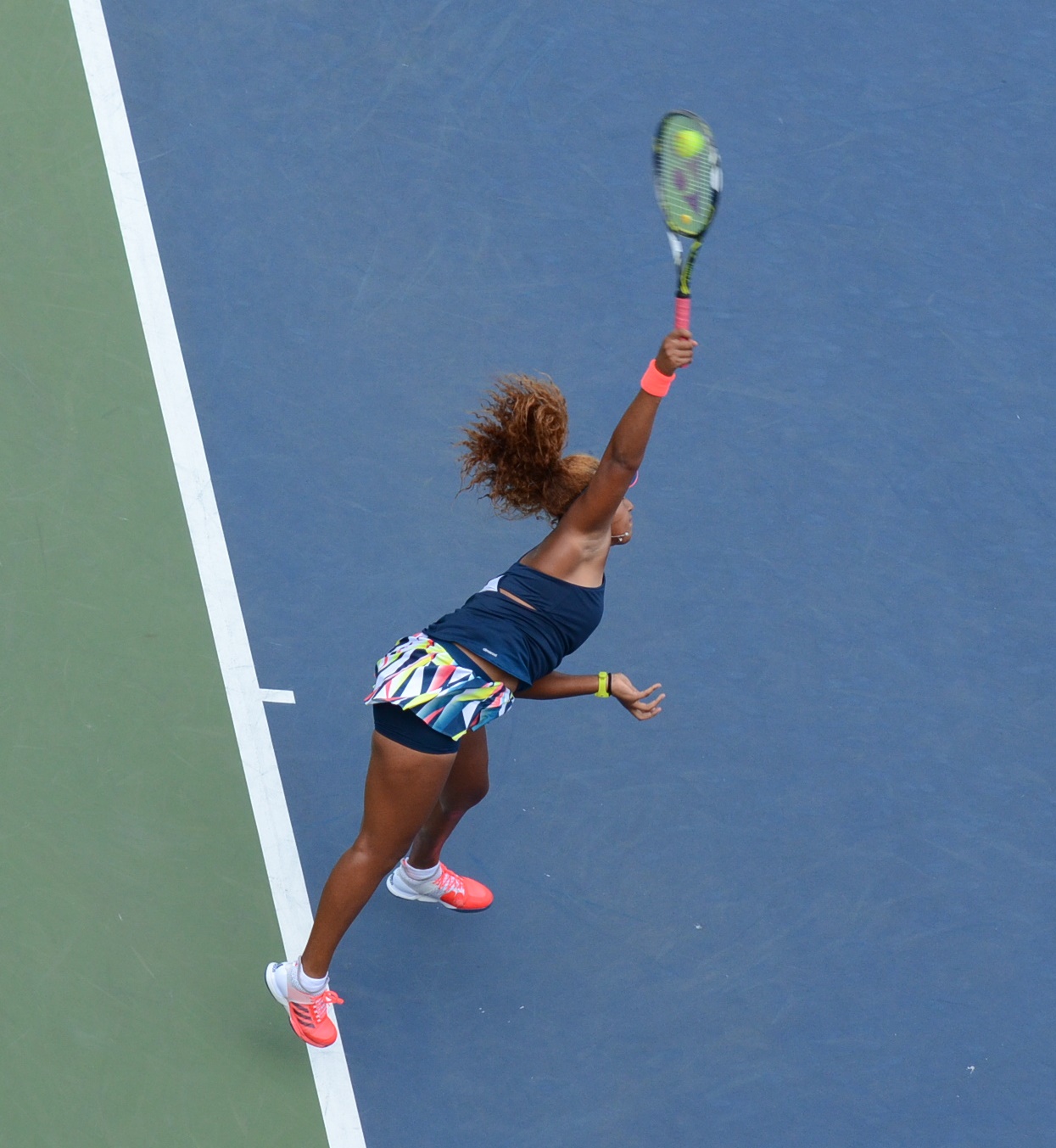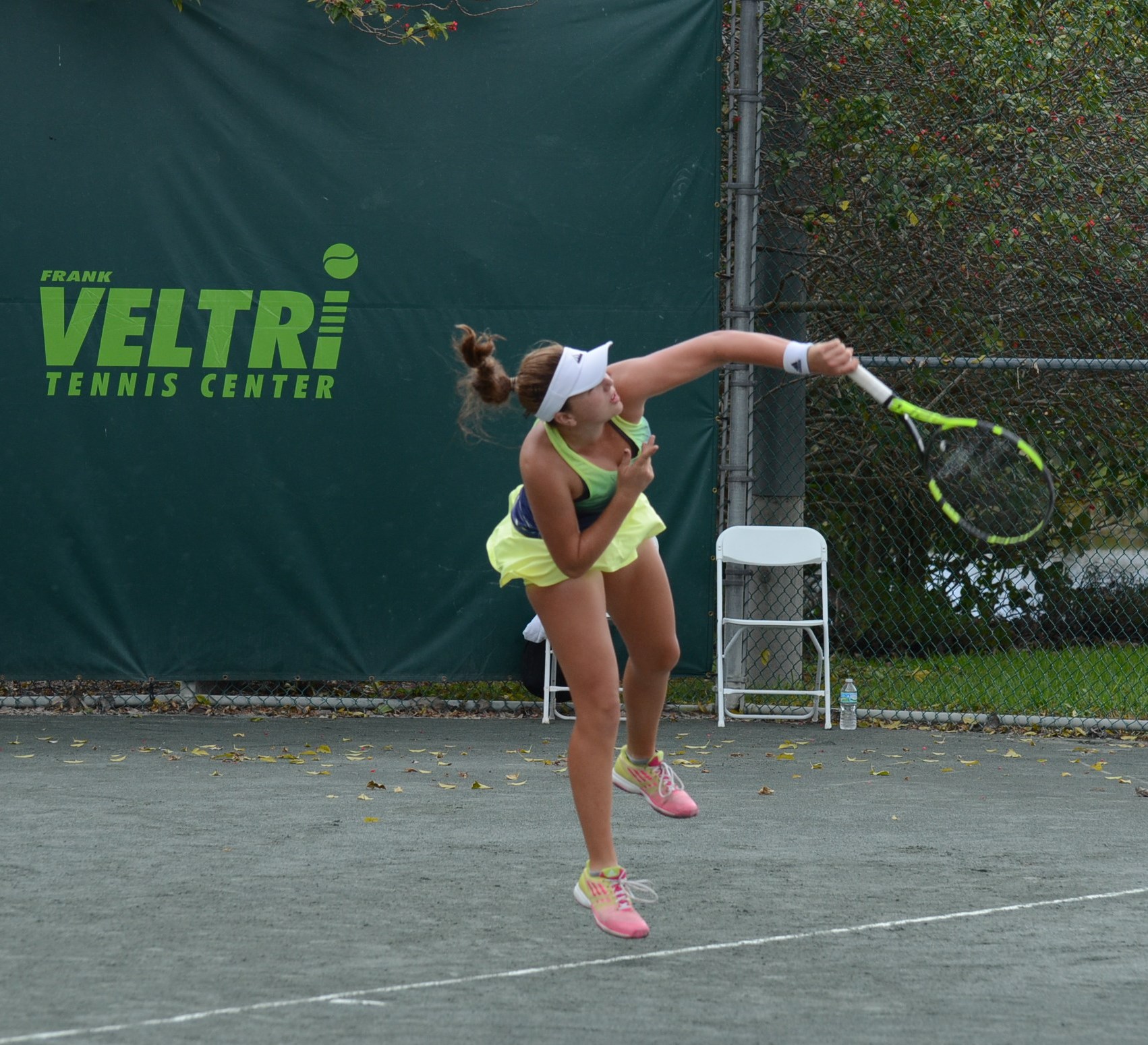
Kayla Day – Solid service 3.0
The very well developed essential elements of a good service are here mainly a well-controlled toss, excellent eye control of the ball, a good build-up of a tension in the body and a sound understanding of the targeted pronation channeling energy against the target in the first part of the follow through. Such a solid Service 3.0 is an excellent base for further growth and shows that good developmental technical work on service was done with Kayla in the past.
